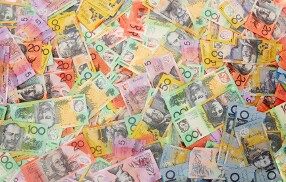
The Australian dollar tumbled today. While macroeconomic data, both domestic and from China, was not particularly bad, risk aversion on the Forex market hurt the Australian currency.
The Australian Industry Group Australian Performance of Manufacturing Index climbed to 51.3 in July from 49.4 in June. Climbing above the 50.0 level, the indicator suggests that the sector returned to expansion.
The import price index rose 0.9% in the June quarter from the previous three months, two times less than analysts had predicted — 1.8%. The index fell 0.5% in the previous quarter.
The Index of the Commodity Prices rose 16.1% in July from a year ago. The index increased by 13.9% in June.
The Caixin China Manufacturing PMI was at 49.9 in July, up from 49.4 in June. It was above the level of 49.6 predicted by analysts and just a notch below the 50.0 level of no change.
But risk aversion caused by a tweet of US President Donald Trump about new tariffs on Chinese goods did not allow the Aussie to profit from the relatively positive macroeconomic releases. The news was negative for riskier currencies in general, but especially for those of China’s trading partners, including the Australian dollar.
AUD/USD dropped from 0.6843 to 0.6805 as of 20:16 GMT today. EUR/AUD jumped from 1.6176 to 1.6295. AUD/JPY plunged from 74.42 to 73.09.
If you have any questions, comments, or opinions regarding the Australian Dollar, feel free to post them using the commentary form below.